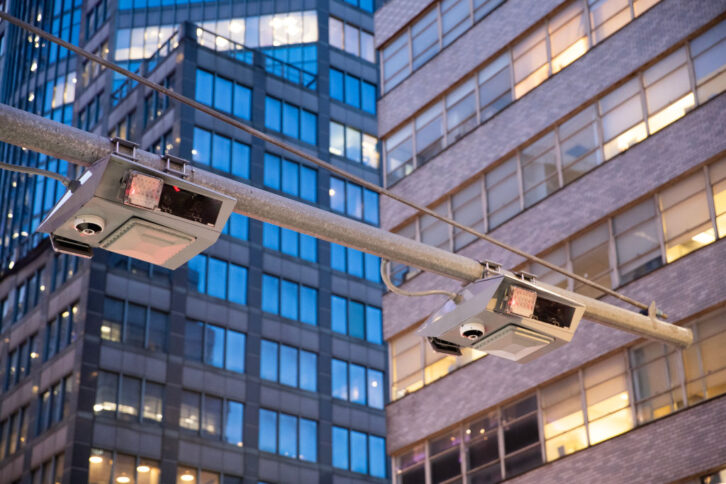Congestion pricing is coming to New York City. Why should a broadcaster care?
The aim of the controversial program is to reduce the number of cars on the road, cutting down on traffic and emissions. Drivers will be charged a toll of $15 or more to enter the central business district of Manhattan, the area below 60th Street. Vehicles with “roofs extending above the windshield” — such as many broadcast vehicles — would be charged $24.
The Federal Highway Administration has signed off and the governor supports the plan.
Like everything else these days, the issue is political, with critics saying the city, which is dominated by Democrats, is building a financial “wall” across New York, a line below which some people won’t be able to afford to go.
In an immediate sense, the change affects radio and TV stations that have numerous vehicles on the roads of the city. Many of them make multiple trips a day. Many of these stations have studios south of 60th Street. So broadcasters will incur new operating expenses.
The New York State Broadcasters Association has asked that news vehicles be exempt. It says there are about 165 radio and TV news vehicles in use in the city. If broadcasters gain leniency, what other companies will be eligible?
But I think there are broader issues for radio to consider here.

Congestion pricing could affect radio drive time. One of its aims is to push commuters to mass transit; but when was the last time you saw someone listening to a radio on a bus or train? People on mass transit listen on their phones. Which means they are listening to a stream.
With congestion pricing the government is legislating to reduce the number of cars on the road. But another result of that, intended or not, is to reduce the consumption of OTA radio.
Will a drop in over-the-air listening be noticeable? Maybe.
Congestion pricing could increase stream listening. As I have argued in the past, our streams will only get more important.
The broadcast station increasingly is becoming a content provider. Processing the stream correctly is important. Streams are different from broadcast. Optimize a stream for the stream, optimize a broadcast for the broadcast. We need to acknowledge the difference.
Most radio stations target their programming to a listener in the automobile. As streams grow in importance, as fewer people drive cars in a market, the value of a broadcast license decreases.
But for a content provider, a stream continues to meet the mission of radio. It can still cater to the commuter and to the listeners in their workplace.
Opponents are trying to stop congestion pricing. The situation is being watched, because lower Manhattan would be the first such zone in North America. Let’s see if it catches on in other municipalities.
But if the car becomes less of our target, hopefully radio will discover a new focus. It has adapted in the past.
Update: The MTA approved the plan on March 27.










